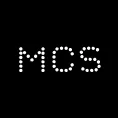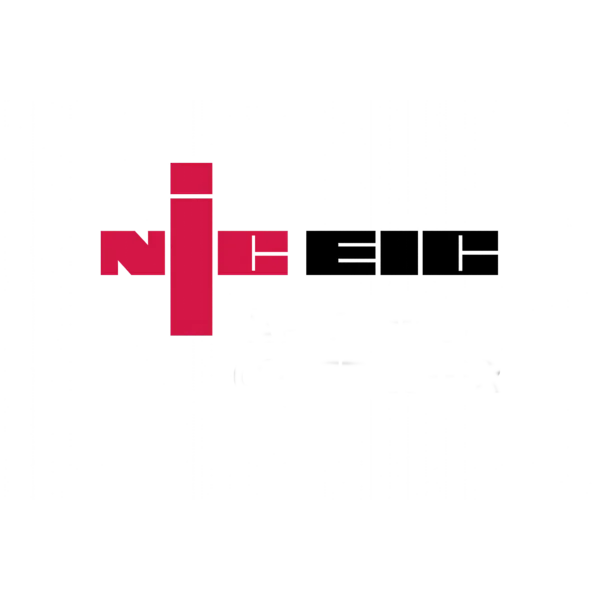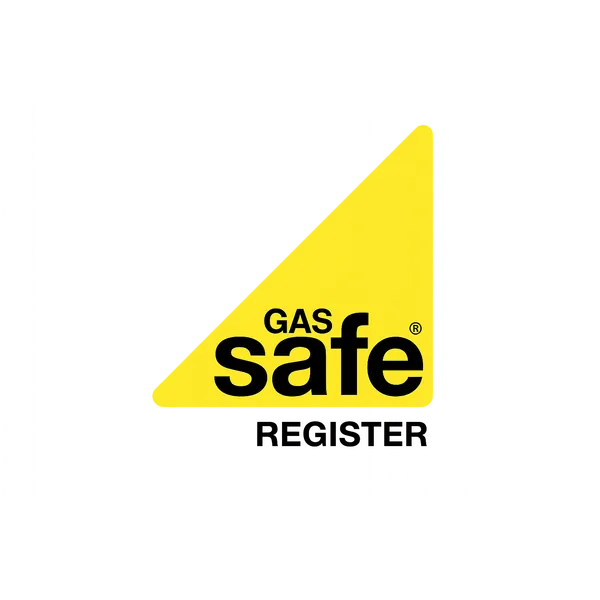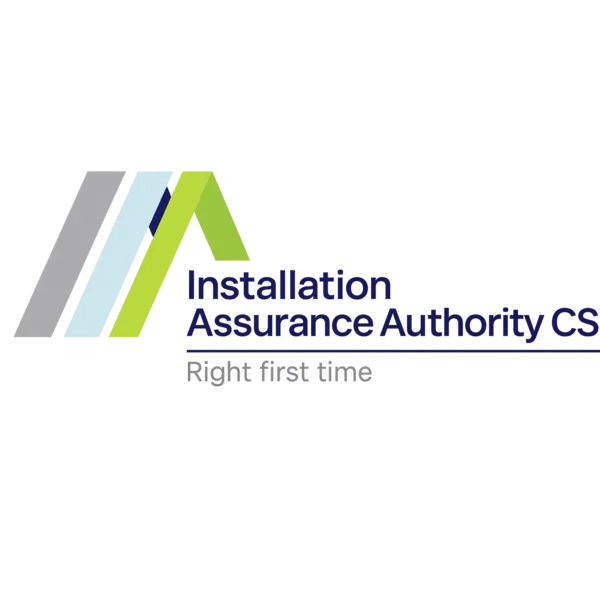Thermal Imaging in Energy Surveys: Seeing Where Your Heat is Escaping
In the quest for energy efficiency and reduced heating costs, thermal imaging technology has revolutionised how we understand and address heat loss in buildings. This non-invasive diagnostic tool allows energy assessors to literally see where warmth is escaping from your property, transforming invisible energy waste into visible, actionable data. At CRG Direct, we've harnessed this powerful technology to help countless homeowners and businesses identify hidden inefficiencies and implement targeted improvements.
Understanding Infrared Camera Technology
Thermal imaging cameras work by detecting infrared radiation—the heat energy that all objects emit. Unlike conventional cameras that capture visible light, infrared cameras measure temperature differences and convert them into visual images called thermograms. Each colour in a thermal image represents a specific temperature range, creating a detailed heat map of your building's surfaces.
Modern thermal cameras can detect temperature differences as small as 0.01°C, making them incredibly sensitive instruments for identifying even minor thermal anomalies. The technology operates on the principle that different materials and construction elements conduct heat at varying rates, allowing trained professionals to identify insulation gaps, air leaks, and thermal bridging that would otherwise remain invisible to the naked eye.
Interpreting Thermal Images: What the Colours Mean
Understanding thermal imagery requires knowledge of how to read the colour spectrum typically used in these visualisations:
The Thermal Colour Spectrum
- White/Yellow/Red: These warm colours indicate areas of significant heat loss—the hottest surfaces in the image
- Green: Moderate temperatures, often representing areas with some insulation but potential for improvement
- Blue/Purple: Cool colours show well-insulated areas with minimal heat transfer
- Black: The coldest surfaces, typically indicating excellent insulation or external surfaces
It's crucial to note that thermal images show relative temperature differences rather than absolute temperatures. A professional energy assessor understands how to interpret these images in context, considering factors like building materials, external conditions, and internal temperature variations.
Common Heat Loss Patterns Identified Through Thermal Imaging
Through thousands of energy surveys, we've identified several recurring patterns of heat loss that thermal imaging reliably detects:
Insulation Deficiencies
Missing or inadequate insulation appears as distinct warm patches on walls, ceilings, and floors. Common problem areas include:
- Loft spaces with incomplete or compressed insulation
- Cavity walls with insulation gaps or settlement
- Solid walls without adequate internal or external insulation
Air Leakage and Draughts
Thermal imaging reveals air infiltration points that conventional methods might miss:
- Gaps around windows and doors
- Poorly sealed electrical outlets and light fittings
- Cracks in building fabric and around pipe penetrations
- Inadequate sealing between different construction elements
Thermal Bridging
This occurs when conductive materials create a path for heat to bypass insulation:
- Concrete lintels above windows
- Metal wall ties in cavity construction
- Structural elements that penetrate insulation layers
- Floor-to-wall junctions and corners
Moisture Problems
Water has different thermal properties than building materials, making thermal imaging excellent for detecting:
- Rising damp in walls
- Leaking pipes within walls or under floors
- Condensation issues in poorly ventilated spaces
- Roof leaks before visible water damage occurs
Optimal Survey Conditions: Why Winter Evenings Work Best
The accuracy of thermal imaging surveys depends heavily on environmental conditions. For building energy assessments, winter evenings provide the ideal circumstances for several reasons:
Temperature Differential Requirements
Thermal imaging works best when there's a significant temperature difference between inside and outside—typically at least 10°C. Winter conditions naturally create this differential, making heat loss patterns more pronounced and easier to identify.
Reduced Solar Influence
Conducting surveys in the evening eliminates solar gain—the heating effect of direct sunlight on building surfaces. Sunlight can create false thermal patterns that mask genuine heat loss issues, while evening surveys provide clean, accurate data.
Stable Environmental Conditions
Evening surveys typically occur when temperatures have stabilised after the day's fluctuations. This consistency ensures that thermal images reflect genuine building performance rather than temporary environmental effects.
Practical Considerations
- Interior heating systems have typically been running for several hours
- Occupants are usually present, maintaining normal living conditions
- External lighting is minimal, reducing potential interference
At CRG Direct, we schedule thermal imaging surveys during these optimal conditions to ensure we capture the most accurate and useful data for our clients.
CRG Direct's Thermal Imaging Expertise
Our approach to thermal imaging energy surveys combines advanced technology with deep industry knowledge:
Comprehensive Survey Methodology
We don't just take pictures—we conduct systematic surveys that include:
- Pre-survey building assessment and documentation
- Multiple vantage points for complete coverage
- Correlation with building plans and construction details
- Integration with other diagnostic tools like air pressure testing
Expert Interpretation and Reporting
Our certified thermographers provide:
- Detailed analysis of thermal anomalies
- Prioritised recommendations based on cost-effectiveness
- Quantified estimates of potential energy savings
- Clear, jargon-free reporting with annotated thermal images
Actionable Solutions
We bridge the gap between identification and implementation by:
- Connecting thermal findings with practical retrofit solutions
- Providing access to trusted insulation and construction partners
- Assisting with grant applications and funding opportunities
- Offering post-improvement verification surveys
Ongoing Professional Development
Our team maintains current certifications and stays updated with:
- Latest thermal imaging technology advancements
- Building regulations and energy efficiency standards
- Best practices in insulation and air tightness
- Emerging trends in sustainable construction
The Business Case for Thermal Imaging Surveys
Investing in a professional thermal imaging survey delivers tangible benefits beyond simple energy savings:
Financial Returns
- Typical identification of 15-30% potential energy savings
- Payback periods often under 3 years for recommended improvements
- Increased property value through documented energy efficiency
- Reduced maintenance costs through early problem detection
Comfort and Health Improvements
- Elimination of cold spots and draughts
- Reduced condensation and mould growth
- More consistent temperature distribution
- Improved indoor air quality
Environmental Impact
- Significant reduction in carbon emissions
- Lower resource consumption through targeted improvements
- Contribution to national and global sustainability targets
Looking Forward: The Future of Thermal Imaging in Energy Efficiency
As technology advances, thermal imaging continues to evolve with exciting developments:
Integration with Building Information Modelling (BIM)
Combining thermal data with digital building models creates powerful tools for designers, contractors, and facility managers to optimise energy performance throughout a building's lifecycle.
Automated Analysis and AI
Machine learning algorithms are becoming increasingly sophisticated at pattern recognition in thermal images, potentially enabling faster, more accurate identification of common issues.
Drone-Based Surveys
Aerial thermal imaging allows comprehensive assessment of large or difficult-to-access buildings, including multi-storey structures and complex roof geometries.
Real-Time Monitoring
Continuous thermal monitoring systems provide ongoing performance data, enabling proactive maintenance and immediate response to developing issues.
At CRG Direct, we're committed to staying at the forefront of these technological advancements, ensuring our clients benefit from the most effective energy assessment tools available.
Take the First Step Towards Energy Efficiency
Thermal imaging provides the clarity needed to make informed decisions about energy efficiency improvements. Rather than guessing where heat might be escaping, you can see exactly where your property is losing energy and prioritise interventions accordingly.
Our comprehensive thermal imaging surveys transform abstract concepts of energy waste into concrete, visual evidence that guides effective action. Whether you're a homeowner looking to reduce bills, a business aiming to improve sustainability credentials, or a property developer seeking to maximise energy performance, thermal imaging delivers the insights you need.
Ready to see where your heat is escaping? Contact CRG Direct today to schedule your professional thermal imaging survey and take the first step toward significant energy savings and improved building comfort.















